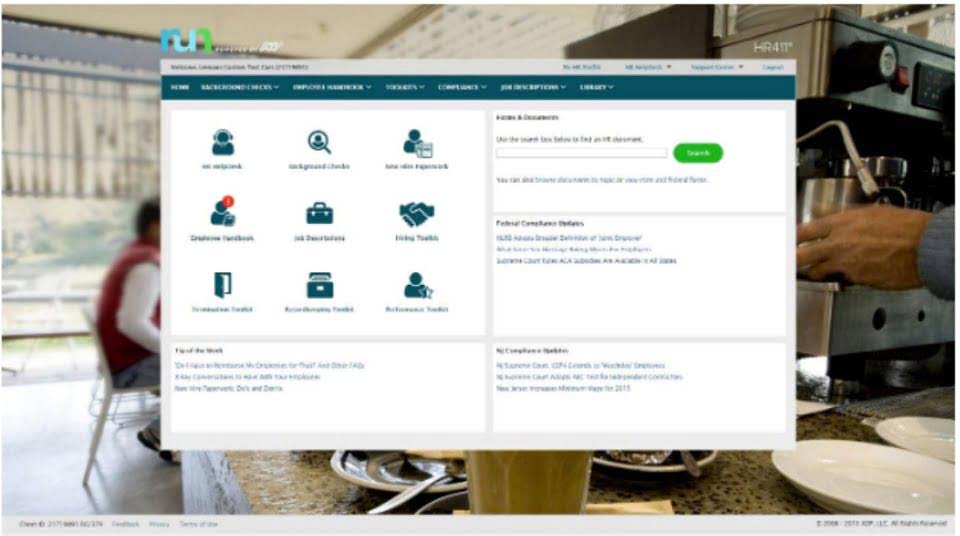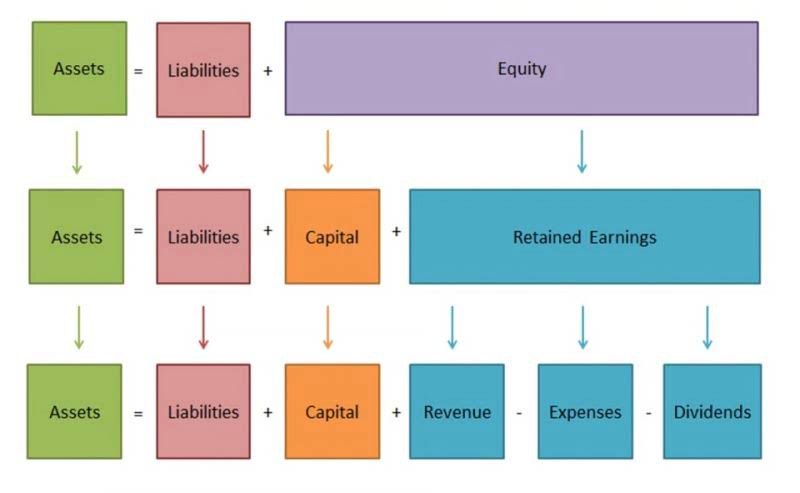
In this example, the business will have made $10,000 in revenue over the accounting period. In this example, it is assumed that there is just one expense account. Once you have completed and posted all closing entries, the final step is to print a post-closing trial balance, and review it to ensure that all entries were made correctly.

The statement of retained earnings shows the period-ending retained earnings after the closing entries have been posted. When you compare the retained earnings ledger (T-account) to the statement of retained earnings, the figures must match. It is important to understand retained earnings is not closed out, it is only updated. Retained Earnings is the only account that appears in the closing entries that does not close. You should recall from your previous material that retained earnings are the earnings retained by the company over time—not cash flow but earnings.
What are Temporary Accounts?
For partnerships, each partners’ capital account will be credited based on the agreement of the partnership (for example, 50% to Partner A, 30% to B, and 20% to C). For corporations, Income Summary is closed entirely closing entries to “Retained Earnings”. As a result, all temporary accounts will have data for the entire calendar year. The income-expenditure account of the business organization is related to the corresponding accounting period.
Now that we have closed the temporary accounts, let’s review what the post-closing ledger (T-accounts) looks like for Printing Plus. First, all the various revenue account balances are transferred to the temporary income summary account. This is done through a journal entry that debits revenue accounts and credits the income summary. Below are examples of closing entries that zero the temporary accounts in the income statement and transfer the balances to the permanent retained earnings account. There may be a scenario where a business’s revenues are greater than its expenses.
What is the significance of closing entries?
The account has a zero balance throughout the entire accounting period until the closing entries are prepared. Therefore, it will not appear on any trial balances, including the adjusted trial balance, and will not appear on any of the financial statements. Your closing journal entries serve as a way to zero out temporary accounts such as revenue and expenses, ensuring that you begin each new accounting period properly. Closing your accounting books consists of making closing entries to transfer temporary account balances into the business’ permanent accounts.

It is also possible to bypass the income summary account and simply shift the balances in all temporary accounts directly into the retained earnings account at the end of the accounting period. All expense accounts will be zero, and the expenses account will be closed, by crediting the expenses account and debiting the income summary account. All revenue accounts will be zero after debiting the revenue account and crediting the income summary account, and the revenue account will be closed at the same time. At the end of an accounting period when the books of accounts are at finalization stage, some special journal entries are required to be passed.
Closing Entries
On the statement of retained earnings, we reported the ending balance of retained earnings to be $15,190. We need to do the closing entries to make them match and zero out the temporary accounts. The income summary account is an intermediary between revenues and expenses, and the Retained Earnings account. It stores all of the closing information for revenues and expenses, resulting in a “summary” of income or loss for the period. The balance in the Income Summary account equals the net income or loss for the period.
- The general ledger is the central repository of all accounts and their balances, including the closing entries.
- You might be asking yourself, “is the Income Summary account even necessary?
- In step 1, we credited it for $9,850 and debited it in step 2 for $8,790.
- ‘Total expenses‘ account is credited to record the closing entry for expense accounts.
- Suppose a business had the following trial balance before any closing journal entries at the end of an accounting period.
The first entry requires revenue accounts close to the Income Summary account. To get a zero balance in a revenue account, the entry will show a debit to revenues and a credit to Income Summary. Printing Plus has $140 of interest revenue and $10,100 of service revenue, each with a credit balance on the adjusted trial balance. The closing entry will debit both interest revenue and service revenue, and credit Income Summary. Since dividend and withdrawal accounts are not income statement accounts, they do not typically use the income summary account. These accounts are closed directly to retained earnings by recording a credit to the dividend account and a debit to retained earnings.
Should closing entries be performed before or after adjusting entries?
This balance is then transferred to the Retained Earnings account. We see from the adjusted trial balance that our revenue account has a credit balance. To make the balance zero, debit the revenue account and credit the Income Summary account. In this example we will close Paul’s Guitar Shop, Inc.’s temporary accounts using the income summary account method from his financial statements in the previous example. Both closing entries are acceptable and both result in the same outcome. All temporary accounts eventually get closed to retained earnings and are presented on the balance sheet.
- Mary Girsch-Bock is the expert on accounting software and payroll software for The Ascent.
- For example, interest on debt, restructuring charges, inventory write-offs, and payments to settle lawsuits are a few examples of non-operating costs.
- Rohan has a focus in particular on consumer and business services transactions and operational growth.
- However, if the company also wanted to keep year-to-date information from month to month, a separate set of records could be kept as the company progresses through the remaining months in the year.
- Our discussion here begins with journalizing and posting the closing entries (Figure 5.2).
- The year-end closing is the process of closing the books for the year.
- ” Could we just close out revenues and expenses directly into retained earnings and not have this extra temporary account?
